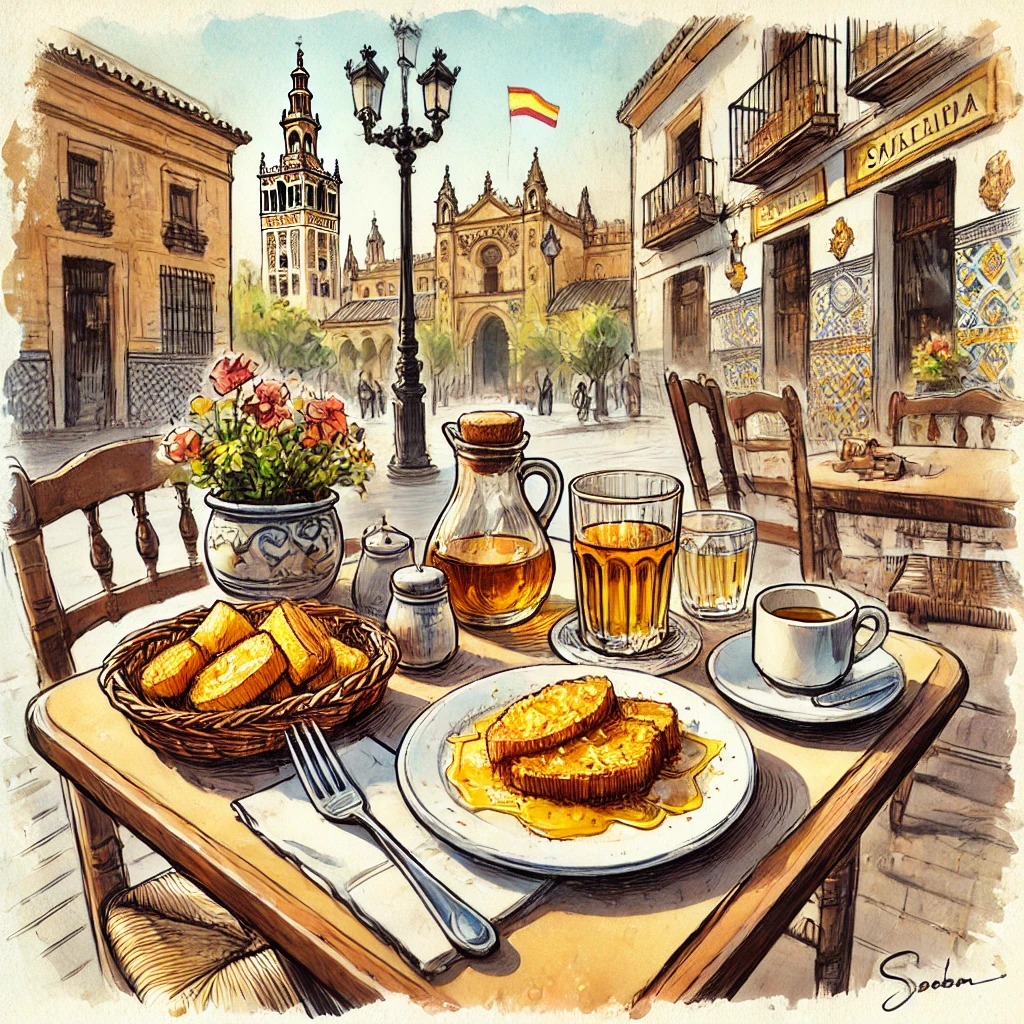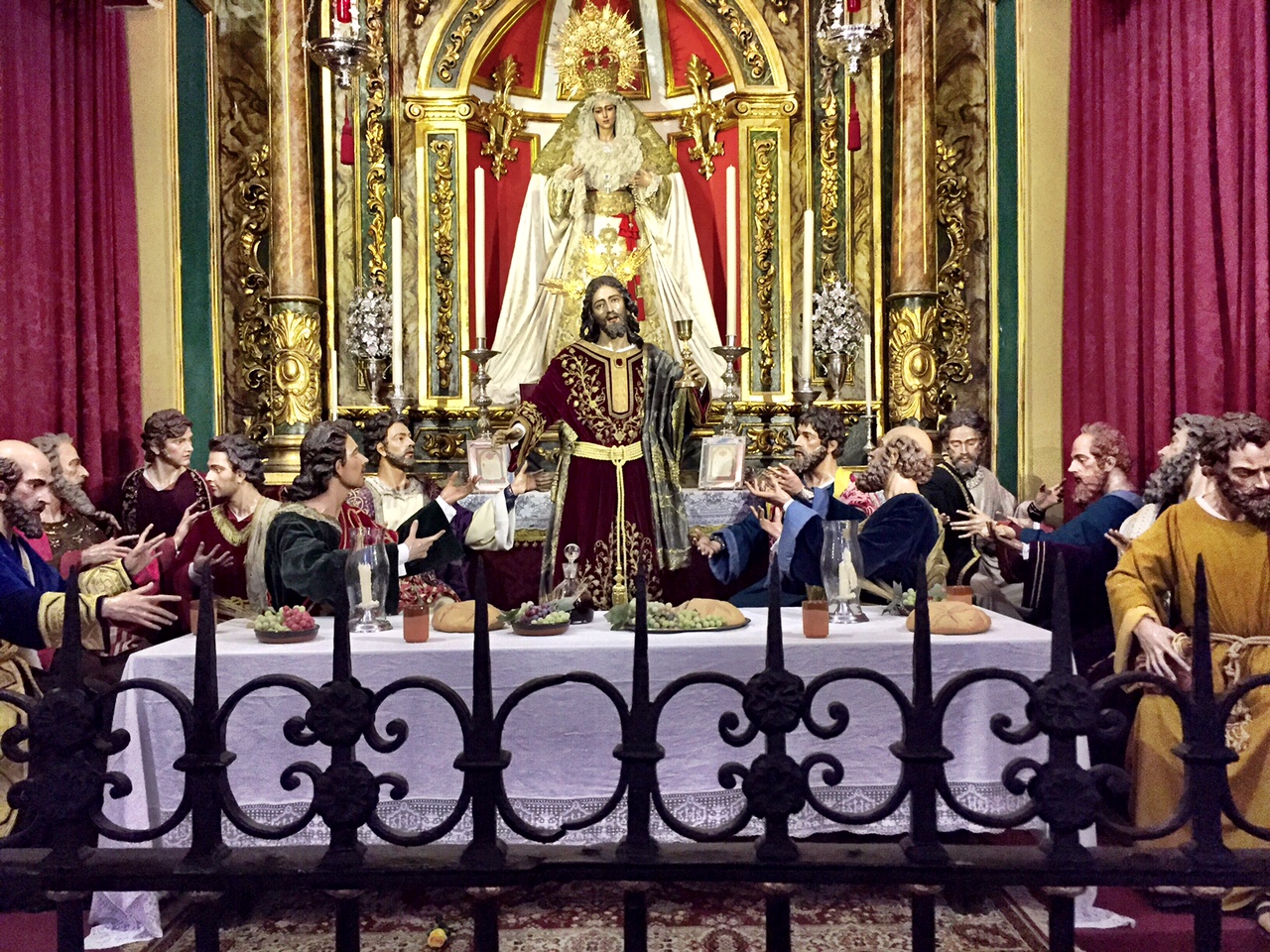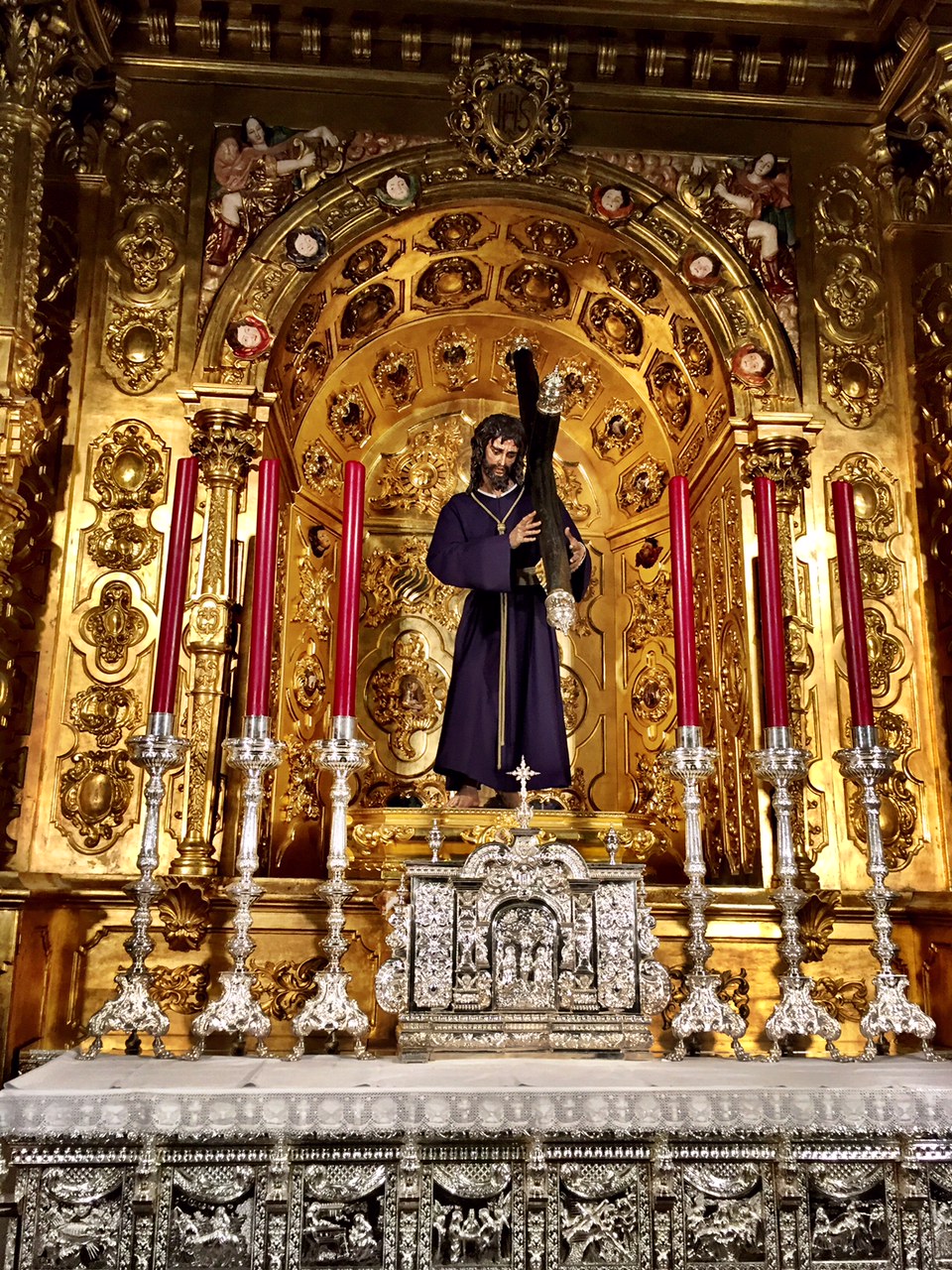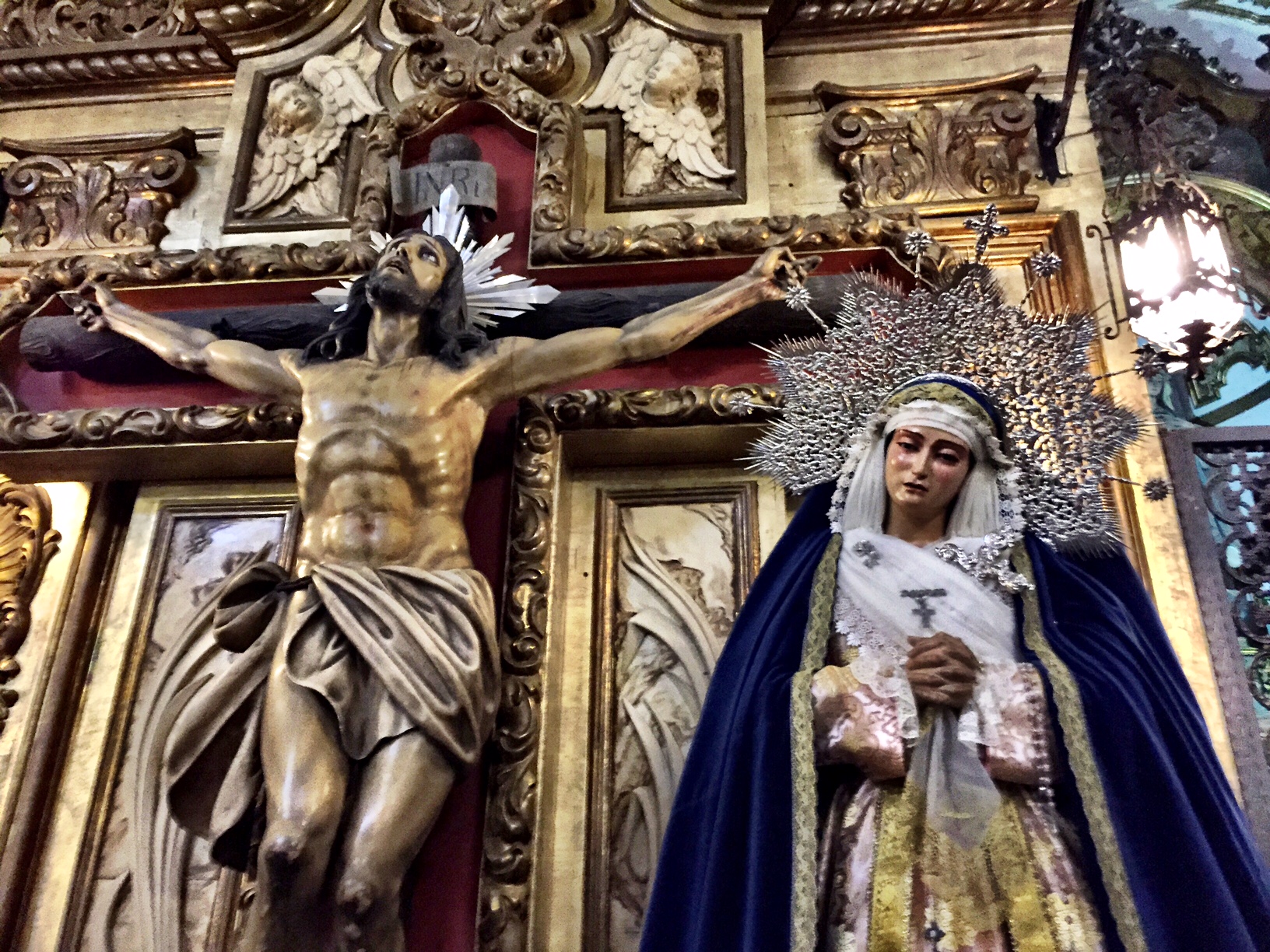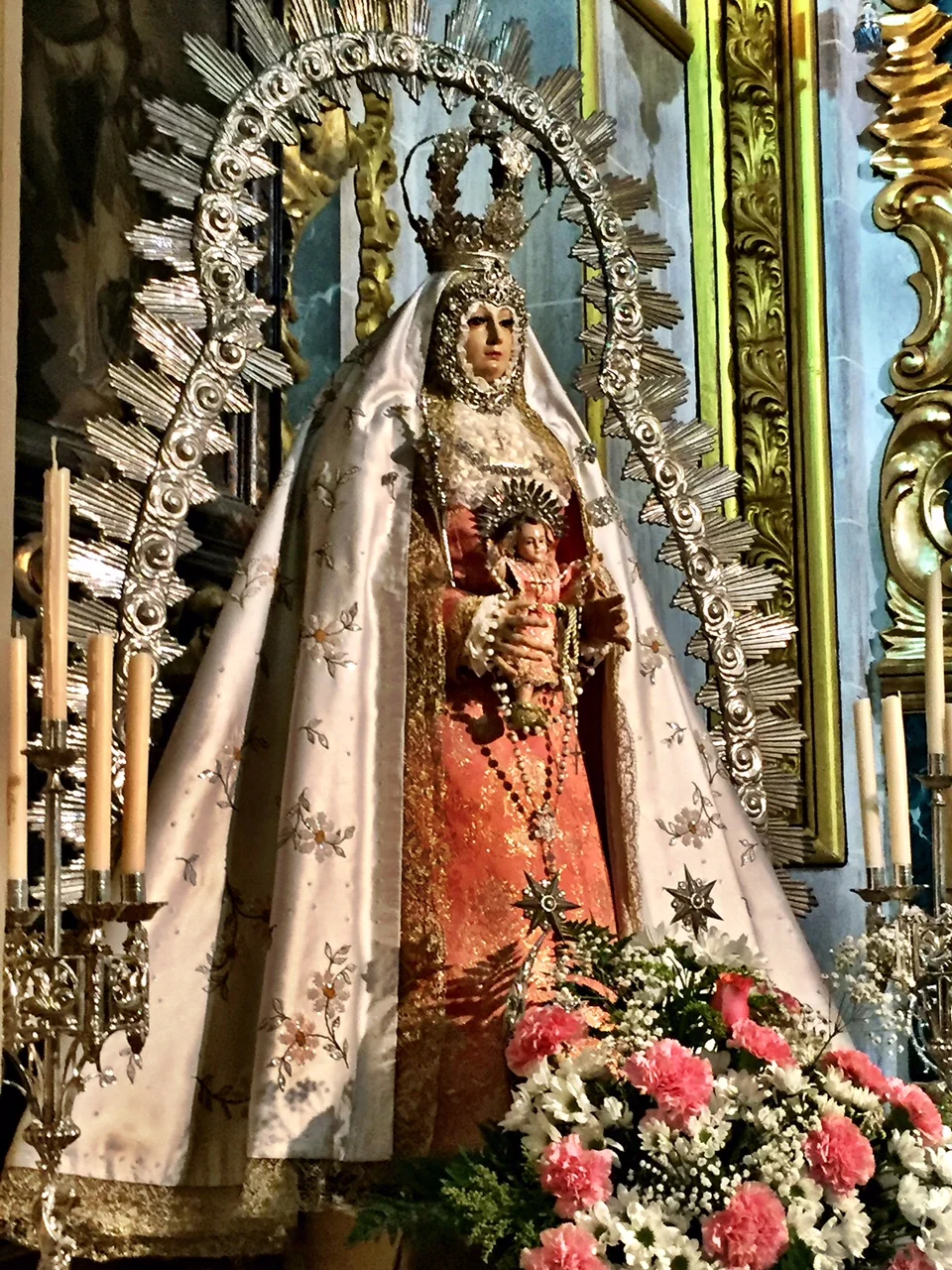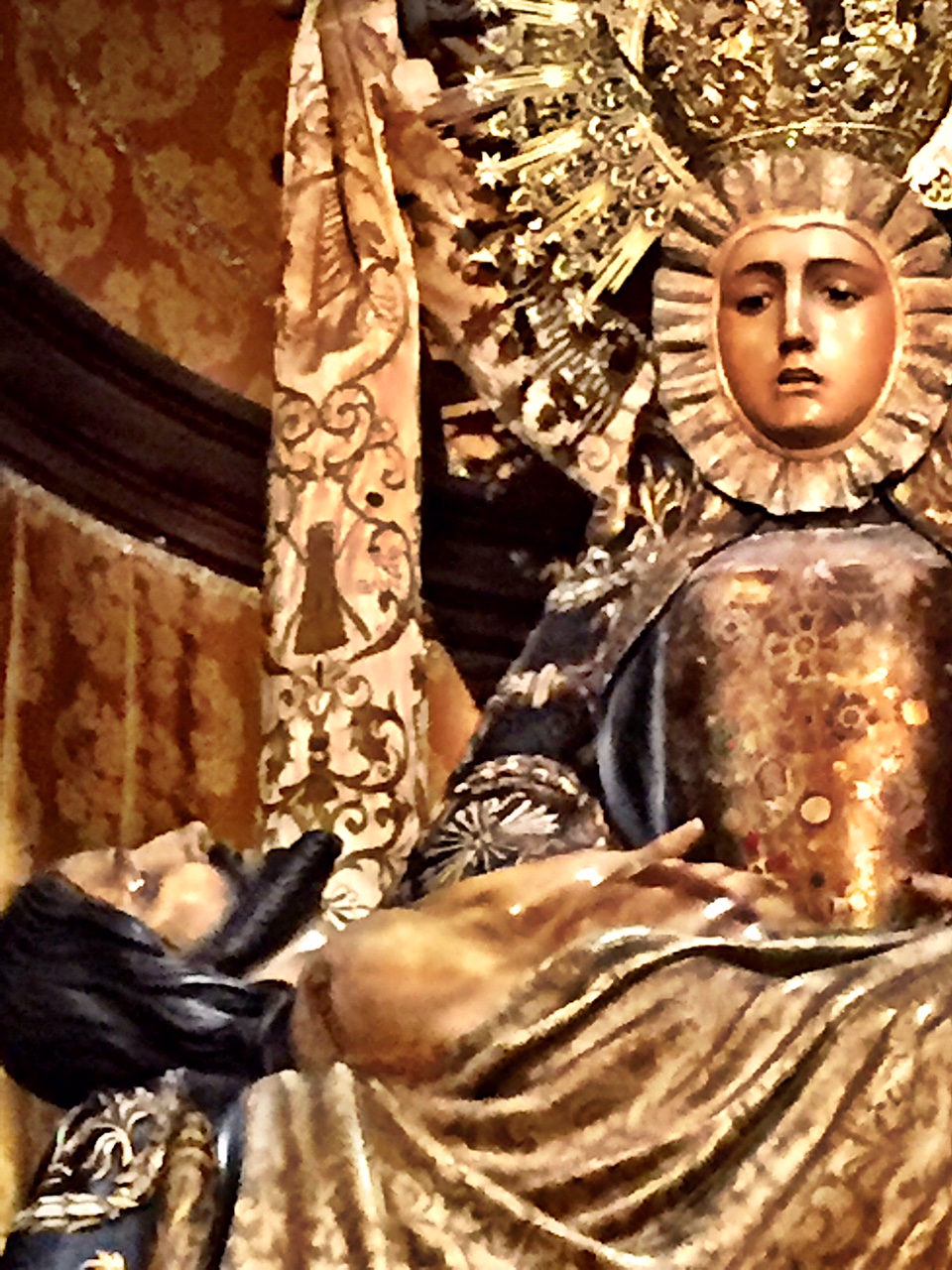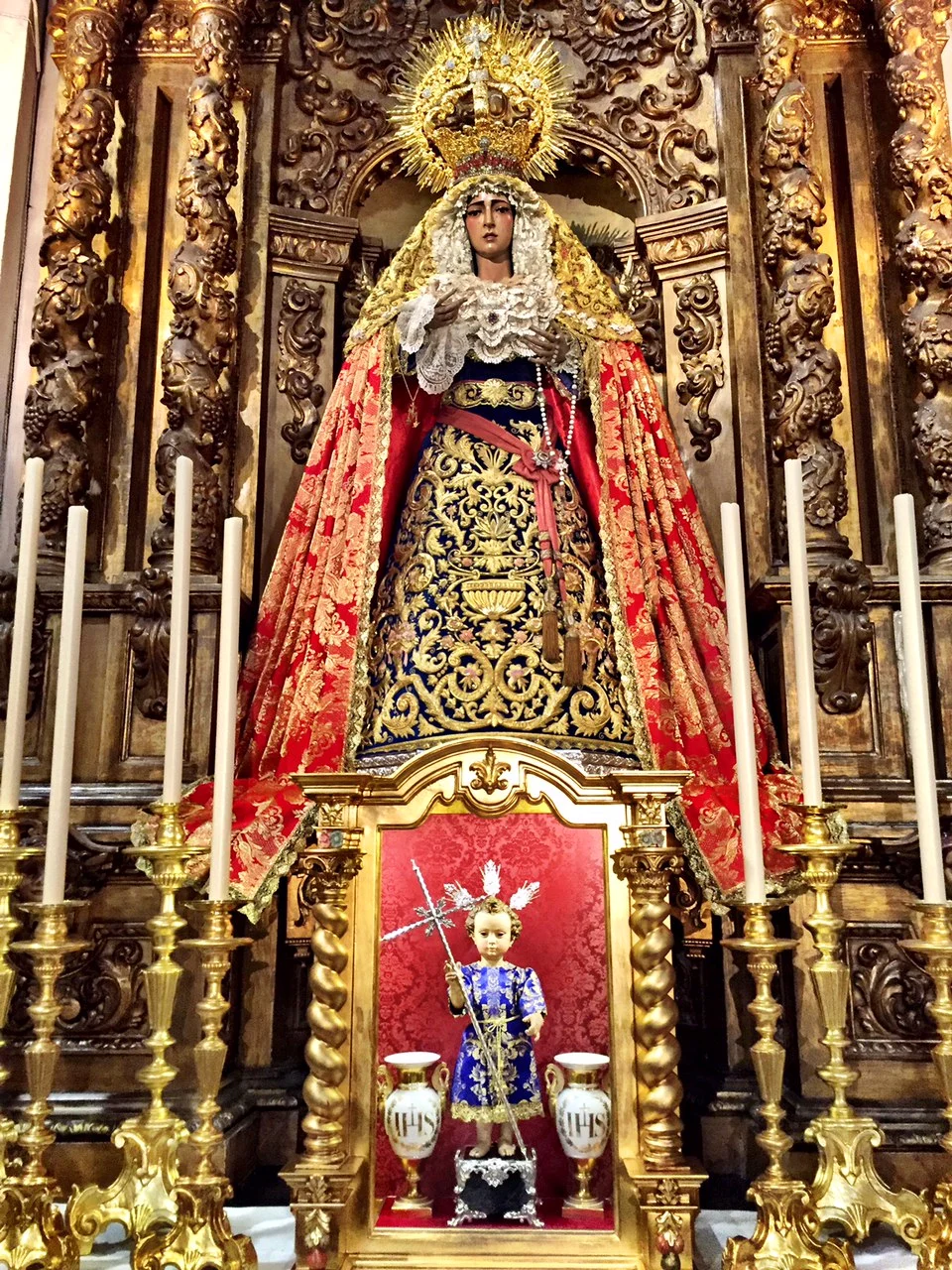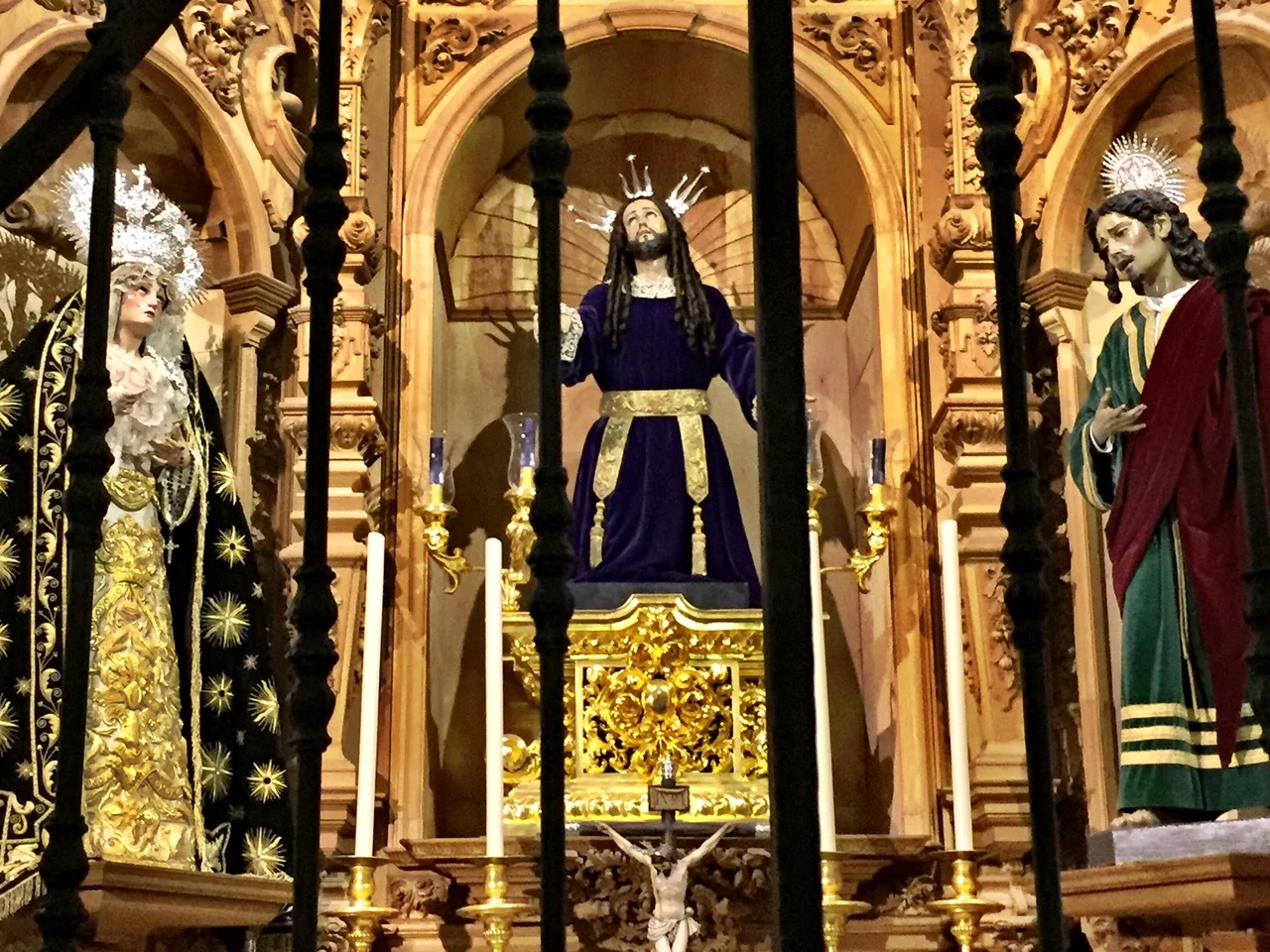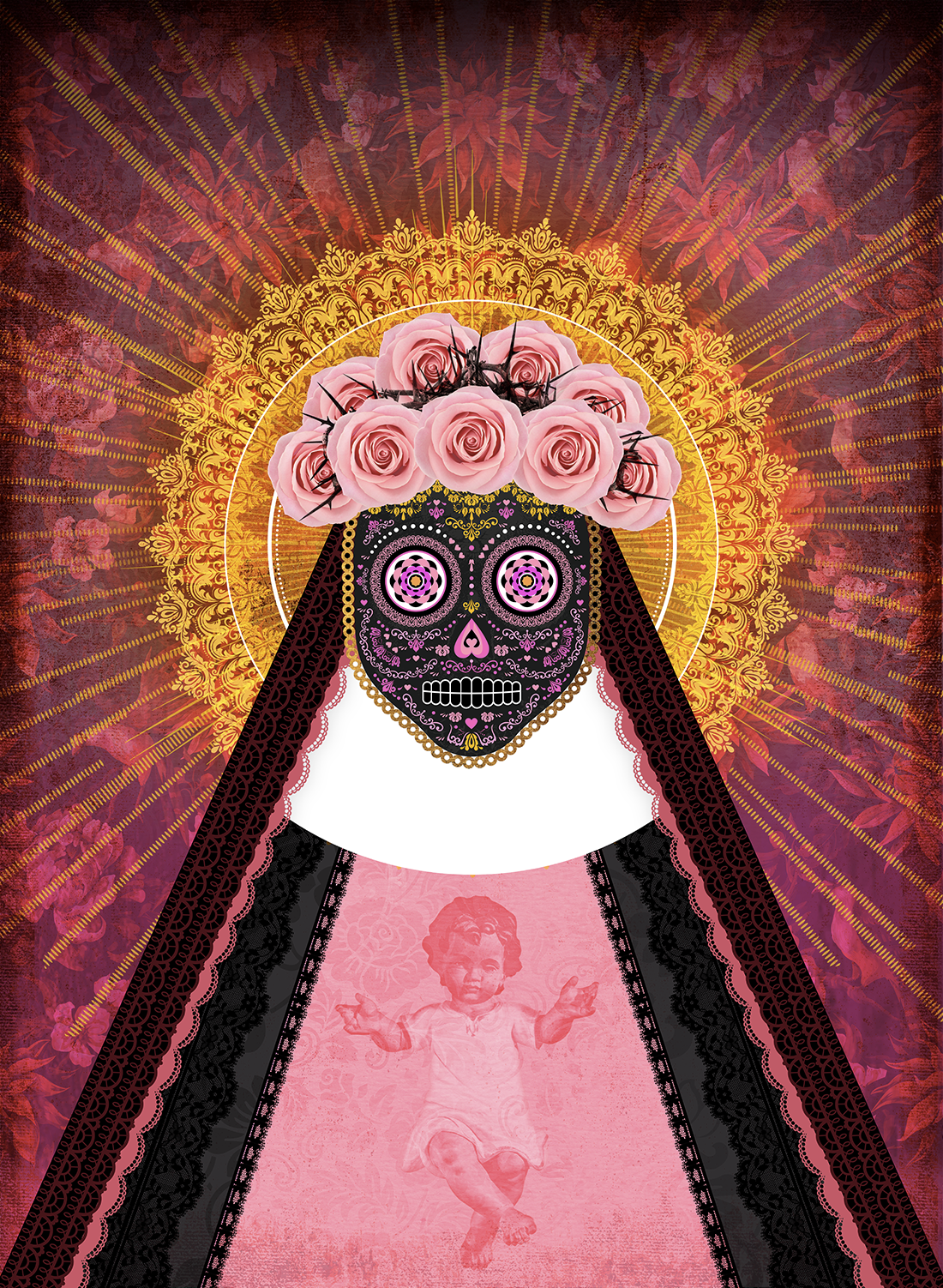Well, that’s an understatement.
We can only hope that our extremely hellacious day can provide some valuable advice to those of you undergoing similar jaunts.
And when travel plans get particularly harried, I like to remember that we’ve got it pretty darn good in the modern age. Imagine how long it would have taken Mark Twain to undergo the same journey.
Here’s what we learned (the hard way):
1. It’s difficult to find anything online.
In this day and age, you kind of figure that everything’s on the internet, right? But local bus schedules, train timetables — it’s all difficult to find. While surfing around at our friends’ place in Málaga, the only information we could unearth came from other travelers as confused as we were — and even that was hopelessly outdated.
2. There isn’t a magical yellow bus.
One of the guys at the hostel across the street told us there was an Amarillo bus. We didn’t know if that was the company’s name or if it was literally a yellow bus. Or both.
He sounded so certain. It was an express bus, or directo, he told us, and it runs from Málaga to Tarifa nonstop. He even knew what time it leaves: 7:30 a.m.
Of course we couldn’t find anything online.
But I wanted to believe him. After all, he must have plenty of travelers who want to go to Morocco.
It almost sounded too good to be true.
Turns out it was.
We caught a crack-of-dawn taxi to the bus station, where we found the window for the Amarillo bus line (not just the color but the company name as well). The sign, though, informed us they wouldn’t have anyone working there till later. And the schedule showed nothing about a directo. Which was OK since we had already bought our tickets at the Portillo window, the only one open that early.
3. The buses themselves are quite nice and seemed to run on time.
Note: There aren’t any bathrooms on the buses, and there might be an unforeseen layover. When we got to Algeciras, we were told we had to get off the bus for half an hour and then reboard for the final leg of the trip to Tarifa.
4. The ferry from Tarifa is better.
It lets you out in the Tangier city center, whereas the one from Algeciras, an industrial port, drops you off farther away.
5. …Unless the entire port is closed for high winds.
It was so windy that it was a bit of a struggle at times even walking the 10 minutes to the port terminal.
The man at the bus station kept saying “cerrada” and mimicking two doors closing. But we decided our best bet was to get to the port and see exactly what the deal was.
6. If you get stuck in Tarifa, our friends recommend you stay at Hostal Africa.
I’m hoping hostal in this case doesn’t mean sharing a room and bathroom with 10 or so other people.
Jo and Jose say Tarifa is a cute little surfer town, and the winds mean good kite surfing — you’ll see signs touting this pastime all over.
You enter the old part of town through an arch, and it did seem laid-back, with white buildings and winding streets.
We passed Hostal Africa, and it’s very close to the tourism office, which is at one end of the paseo, where you can find some cafés and old folks chatting on benches.
A nice fellow helped guide us through the twisting lanes to the port.
That’s where a maritime policeman informed us the port was closed for the entire day.
7. You might have to backtrack to Algeciras.
That’s what we had to do. It’s frustrating — you wish someone could have told you the port was closed for the day.
At any rate, we hopped into a cab outside the ferry station, and after a 35€ ride, we were back in Algeciras, the previous stop on our bus ride.
8. The ferry ticket seller might fib.
There are lines of ticket windows touting ferry service. Look for the next time to Tangier. The man behind the glass at the window we approached said the ferry left at 14:00 (2 p.m.), but the printout he gave us read, 14:30.
9. Have a beer while you wait.
I know for me, it helped take the edge off a stressful day. I thought today would be an adventure like on The Amazing Race. But the more I thought about it, the more I realized that’s not really a good thing. You’ve got to be creative and courageous and run around like crazy — only we didn’t have the chance of winning $1 million.
10. Don’t get sucked into bad Spanish dating shows.
The TV in the cafeteria was blasting a terrible low-rent Bachelor/Bachelorette-type show called Mujeres y Hombres y Viceversa.
It was like watching a train wreck, as we say in the States (though that’s probably an expression I should avoid while traveling).
Eventually we ripped ourselves away half an hour before we were supposed to board.
11. You’ll still need to get a boarding pass.
We tried to board with the paper printout the ticket seller gave us, but no go. We were told we had to go back downstairs (past the door reading, “Point of No Return,” past Customs, past the security X-ray machine).
One of the workers was telling the woman in ticket booth to hurry up, which made me wonder if the gates were closing. Which certainly didn’t help my stress level.
I needn’t have worried.
12. The departure time on your ticket might actually be the boarding time.
Not a huge deal, but it would play a factor if there’s a particular train connection in Tangier you’re hoping to make.
13. Once aboard the ferry, get right in line to get your passport stamped.
It took us over 20 minutes to get through the line. The boat hadn’t left by then.
14. We suspect that the times the ticket sellers tout are really just staggered boarding times for the same ferry.
It was 16:00 and we still hadn’t left. Duke and I had already had a café au lait and briefly had to put up with an annoying couple in obnoxious matching blue jumpsuits that read, “I Feel the Need…the Need for Sleep” on the backs blasting some pop song on their cell phone.
15. Pack snacks.
There are places you can buy sandwiches, potato chips and the like. But, boy, were we glad to have ham and cheese croissants, fresh figs and empanadas with us.
By the time we thought we might want “une sandwish” (that’s not proper French, by the way) on the ferry, they were completely sold out.
16. They’ll let you out in the hold with all the big trucks.
No one really directed us, and we thought for sure we had done something wrong. A group of us strangers were walking back and forth, aimlessly, until a crewmember nodded and pointed us in the direction we had come.
We went back to stand between two large idling semis.
17. Other cultures think nothing of cutting in line.
That includes a Dutch family and Moroccans alike. People just oozed around us and ended up standing in front of us, acting as if it was the most normal thing in the world. And maybe it is.
I don’t think of Americans as the masters of politesse — but we do hold waiting in line without cutting to be a sacred duty.
18. Then it’s a stampede off the ferry and onto a shuttle bus.
The door-cum-ramp creaked open, accompanied by a horrific high-pitched shrieking noise.
The minute it touched down, it was a mad dash. We didn’t know what we were doing. We just went with the flow.
Eventually we found ourselves packed onto a bus and overheard someone say we were being shuttled to Customs.
We went through metal detectors and I set off the alarm (perhaps it was my metal-studded belt?). But no one was paying attention.
19. You’ll have to haggle over a taxi into Tangier Ville, as they call the downtown area.
Our driver was OK with 20€ until another man upped the charge and he suddenly wanted 25€.
He only got 20, as I was counting out centimes to even get that much. He was not amused but decided to let it go.
20. Sometimes your train leaves at an ungodly hour.
Yes, I’m glad there was still one running. But I do wish the guy who sold us the ticket had informed us that we’d have to transfer. (We figured that out on our own when we didn’t see Fès on the list of stops).
21. Morocco is one hour behind Spain.
We ate dinner at the mall across the street and settled back in at the gare (French for train station).
Then Duke noticed the clock. Instead of having an hour before our train left, we had two.
22. Borrow the wifi and get a drink at a nearby hotel.
We spotted the Ibis hotel and headed over there to grab a couple of beers in the dark bar, which reeked of cigarette smoke and had the entire clientele glued to a football (soccer to you Americans) match.
In fact, a waiter taking a break yelled at me as I waited at the bar to order our drinks. Turns out I had the nerve to stand in his line of vision of the big-screen TV.

